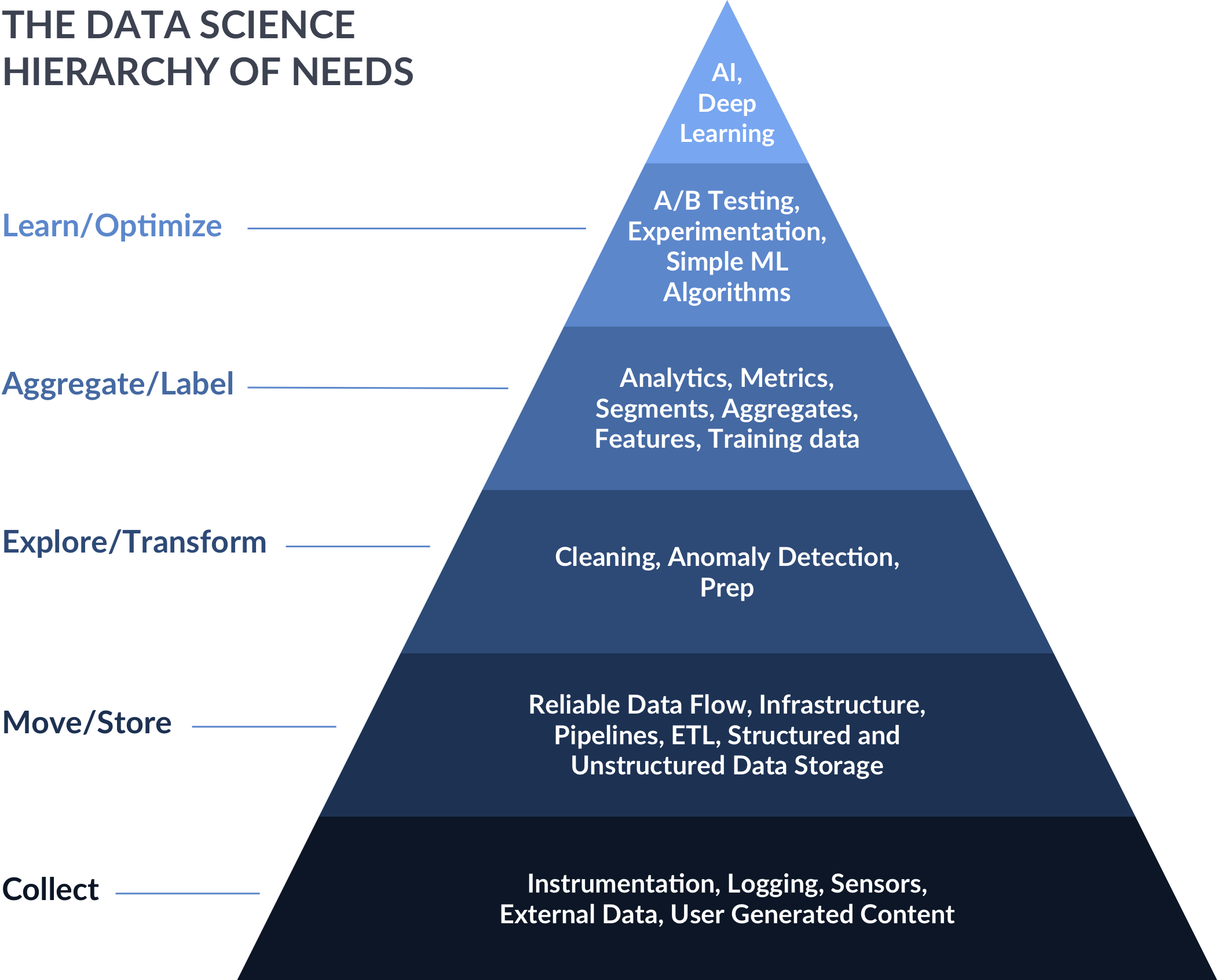How to Ethically Use Machine Learning to Drive Decisions
Having good quality data requires strong data foundations, along with a commitment to monitoring models and removing bias.
Aug 2020 · 3 min read
Topics
RelatedSee MoreSee More
cheat sheet
LaTeX Cheat Sheet
Learn everything you need to know about LaTeX in this convenient cheat sheet!
Richie Cotton
tutorial
An Introduction to the Mamba LLM Architecture: A New Paradigm in Machine Learning
Discover the power of Mamba LLM, a transformative architecture from leading universities, redefining sequence processing in AI.
Kurtis Pykes
9 min
tutorial
A Beginner's Guide to Azure Machine Learning
Explore Azure Machine Learning in our beginner's guide to setting up, deploying models, and leveraging AutoML & ML Studio in the Azure ecosystem.
Moez Ali
11 min
tutorial
ML Workflow Orchestration With Prefect
Learn everything about a powerful and open-source workflow orchestration tool. Build, deploy, and execute your first machine learning workflow on your local machine and the cloud with this simple guide.
Abid Ali Awan
tutorial
An Introduction to Vector Databases For Machine Learning: A Hands-On Guide With Examples
Explore vector databases in ML with our guide. Learn to implement vector embeddings and practical applications.
Gary Alway
8 min
code-along
Getting Started with Machine Learning Using ChatGPT
In this session Francesca Donadoni, a Curriculum Manager at DataCamp, shows you how to make use of ChatGPT to implement a simple machine learning workflow.
Francesca Donadoni


